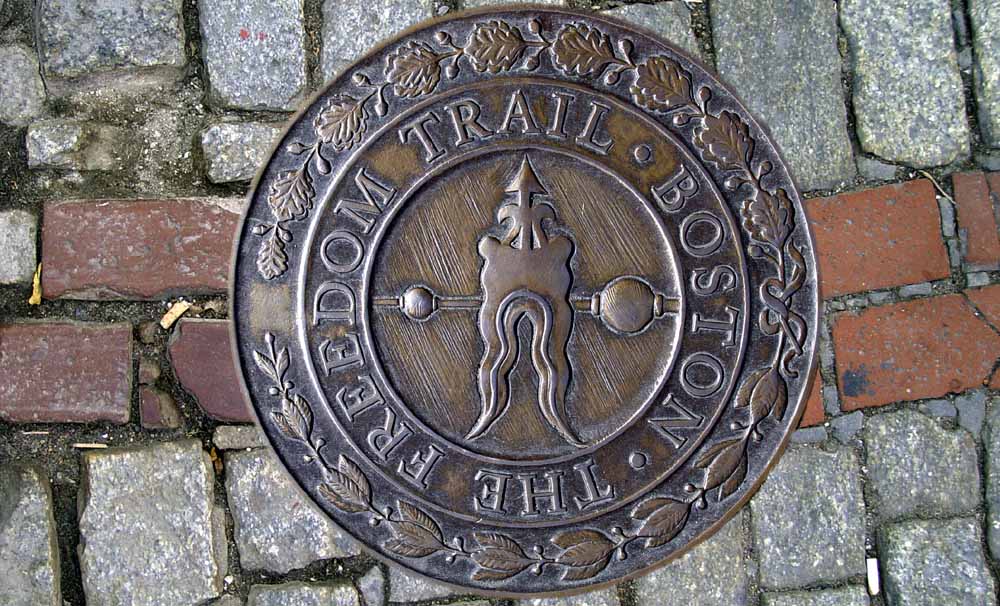Authors:
Historic Era: Era 3: Revolution and the New Nation (1754-1820s)
Historic Theme:
Subject:
July/August 2020 | Volume 65, Issue 4


Authors:
Historic Era: Era 3: Revolution and the New Nation (1754-1820s)
Historic Theme:
Subject:
July/August 2020 | Volume 65, Issue 4
Editor's Note: Brent Glass is Director Emeritus of the Smithsonian’s National Museum of American History and the author of 50 Great American Places: Essential Historic Sites Across the U.S., from which this essay is adapted.

For more than a decade before the Continental Congress adopted the Declaration of Independence in Philadelphia in July 1776, Boston was the center of colonial resistance against British rule. A walking tour of Revolutionary War sites—the Freedom Trail—provides dramatic evidence of the extraordinary events that set the stage for the conflict that finally ended with the British surrender in Yorktown, Virginia, in 1781 and the Treaty of Paris of 1783.
The Freedom Trail is a 2.5-mile route that begins in downtown Boston, crosses the Charles River, and ends at the Bunker Hill Monument. This route includes sixteen sites of events ingrained in America's collective memory, such as the Boston Massacre, the Boston Tea Party, Paul Revere's Ride, and the Battle of Bunker Hill. The trail starts at the Boston Common, where Bostonians celebrated the repeal of the Stamp Act in 1765 and where the British headquartered during their occupation of the city from 1768 to 1776.
The first clash between these troops and city residents came on March 5, 1770. A petty argument between a British soldier and a barber's apprentice sparked a confrontation between a jeering mob and nine British soldiers near the Old State House, the center of the royal government. Within minutes, the troops fired on the boisterous crowd, killing five men—including an African American, Crispus Attucks—and wounding several more. The Boston Massacre provoked protests and meetings in which Samuel Adams and others called for the withdrawal of British troops and for independence for the American colonies.
See "Rethinking the Boston Massacre" by Eric Hinderaker
John Adams, Samuel's cousin, took a more moderate approach. He agreed to defend the British soldiers who had been charged with murder, won their acquittal, and emerged as a major spokesman for Boston and Massachusetts. His legal training, powerful intellect, and riveting speaking style made him an ideal leader for the American cause. As tensions grew in the 1770s, Adams accepted that American independence was inevitable. He represented Massachusetts at both Continental Congresses in Philadelphia, and coauthored the Declaration of Independence with Thomas Jefferson and Benjamin Franklin. He served as ambassador to England in the 1780s, then as first vice president and second president of the United States. Few people in our history can match his superb record of public service during America's formative years.
Map courtesy of thefreedomtrail.org
Nearly four years after the Boston Massacre, another protest — the Boston Tea Party — became the defining moment of colonial resistance. This was a planned event, organized by a group called the Sons of Liberty in response to a British law that